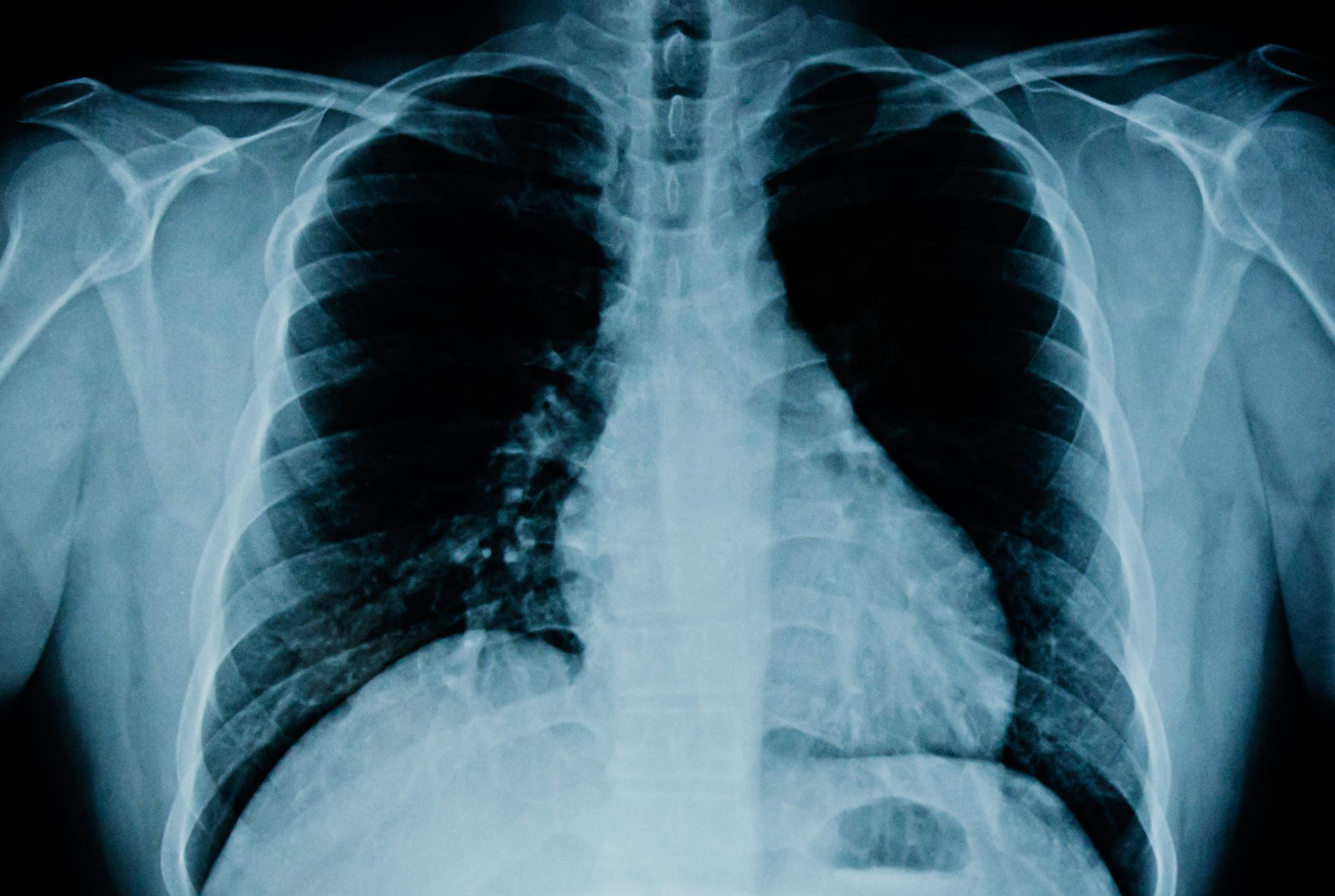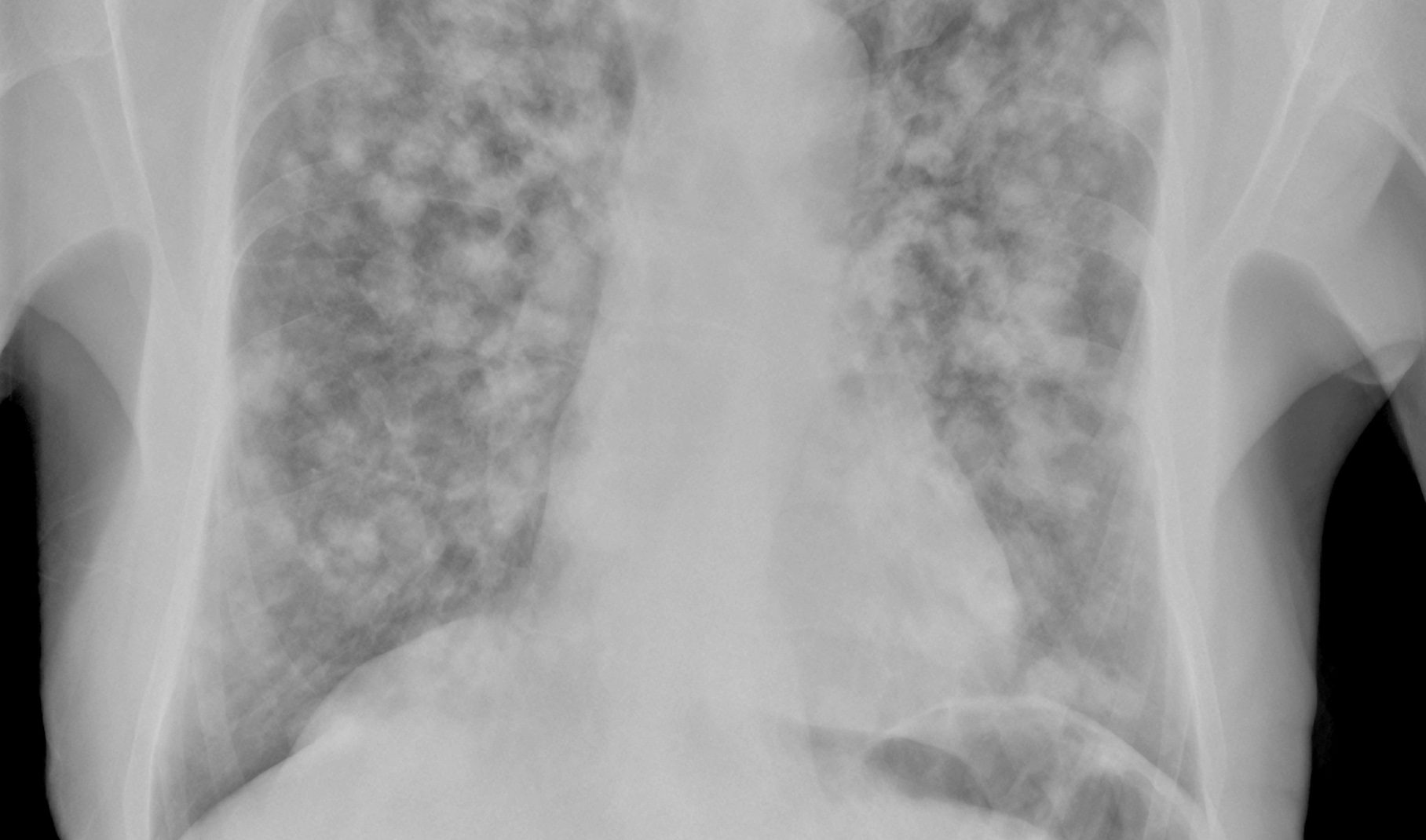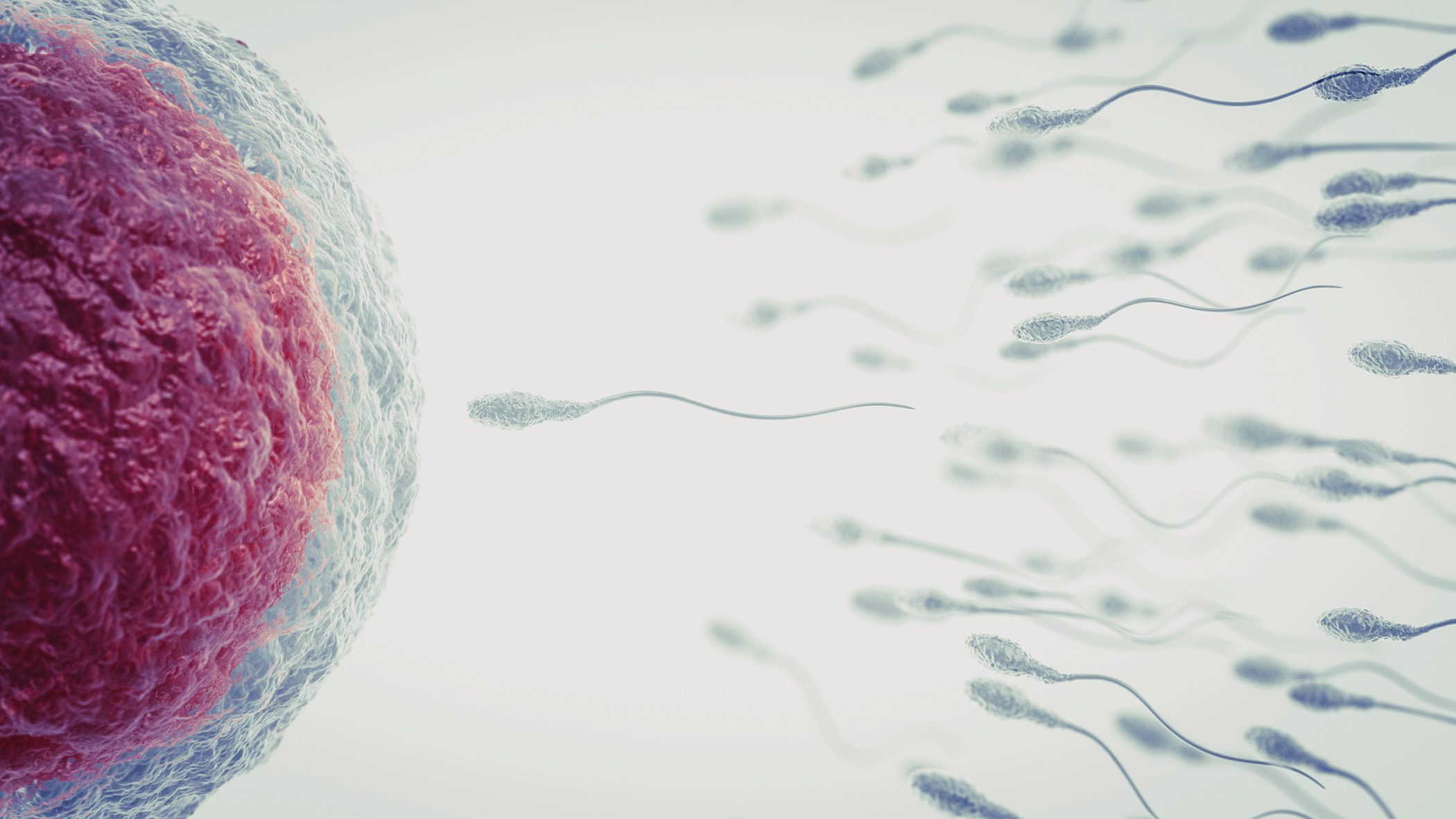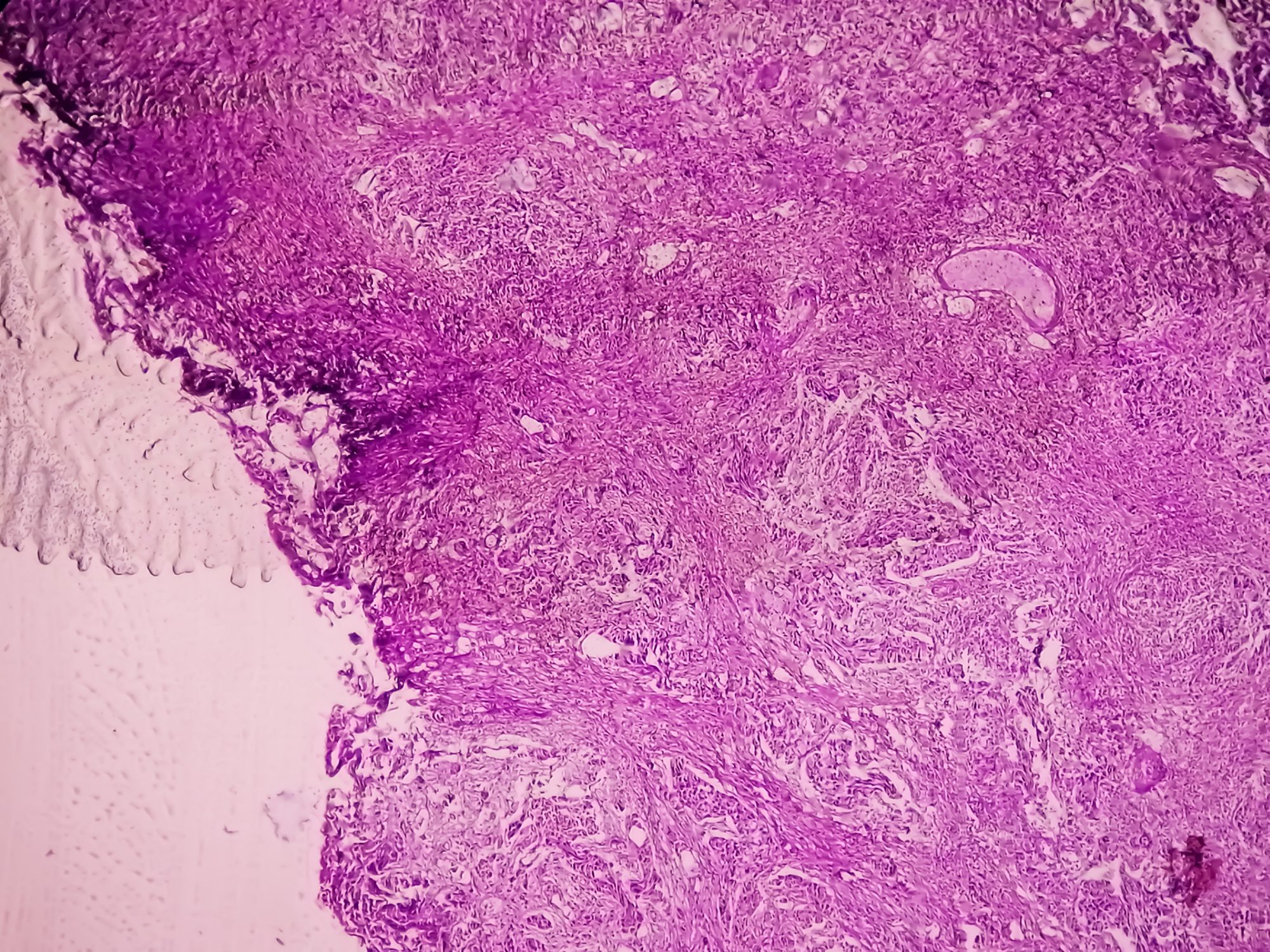The number of antibiotic-resistant bacteria is increasing worldwide, making antibiotic stewardship a global challenge. For classic bacterial infections, it is increasingly recommended to carefully consider whether antibiotics are necessary. Urinary tract infections (UTIs) are usually self-limiting.
The current Swiss UTI guideline suggests antibiotic-sparing approaches such as “standby therapy” and the use of symptomatic measures.
Antimicrobial resistance poses a major threat to public health and is associated with high mortality and morbidity. According to PD Dr. med. Andreas Plate, Institute of Family Medicine, University of Zurich [1], resistance rates in Switzerland are low in international comparison, but are trending upwards. With the national strategy Antibiotic Resistance Switzerland (StAR), important measures are being implemented to combat the spread of resistant microorganisms [2]. The guidelines also reflect a reluctance to use antibiotics that has been triggered by antibiotic stewardship. For example, there are more and more recommendations to treat classic bacterial infections such as urinary tract infections (UTI) or pharyngitis without antibiotics, provided certain conditions are met.
Case study of a young woman with a UTI
Dr. Hanni Bartels, FMH specialist in general internal medicine and infectiology. Küssnacht am Rigi, presented the case of a 28-year-old woman who presented due to burning during urination and pollakiuria [1]. The clinical presentation led to a suspected diagnosis of cystitis, although there were no particular risk factors for a complicated course:
- Dysuria and pollakiuria for 3 days,
- suprapubic pulling
- Abdomen: soft, slight pressure dolence suprapubic, no defensive tension, no peritonism
- afebrile
- No knocking dolence above both kidney boxes,
- No flank or back pain.
The patient has been living in a stable partnership for three years, is not pregnant and has no history of surgery or regular daily medication.
The urine status showed positive leukocytes (Lc) and erythrocytes (Erys) and nitrite were also positive (Lc+++, Erys ++, nitrite +++).
In the blood count (BB), the leukocytes were 9.8, there was a slight granulocytosis and the CRP value was 17. An E. coli 105 CFU/ml (plan sensitive) was detected in the urine culture.
The case described was uncomplicated cystitis, which is frequently encountered in everyday practice, reported Dr. Plate [1].
Although there is no uniform definition of uncomplicated cystitis, the following attributes are generally decisive:
- acute
- symptomatic
- healthy, female, >18 years
- No anatomical and functional restriction of the urinary tract
- premenopausal
- not pregnant.
Risk factors for a complicated course include, for example, prolonged duration of symptoms, fever, post-operative status and immunosuppression.
Antibiotic-saving therapeutic approaches
Up to half of all urinary tract infections heal spontaneously. Antibiotics accelerate the healing process by 1-2 days at most. Untreated cystitis does not appear to significantly increase the risk of progression to pyelonephritis. The UTI guidelines of the Swiss Society for Infectiology explicitly mention that antibiotic-sparing approaches can be tried first for selected patients (no history of pyelonephritis, duration of symptoms for a few days), emphasized Dr. Plate [1,3]. One option in this regard is “standby therapy”: this refers to the prescription of an antibiotic for later use “as needed”, whereby symptomatic therapy (for 48 hours) with increased hydration and non-steroidal anti-inflammatory drugs (NSAIDs) such as ibuprofen should be tried first. Alternatively, the doctor may prescribe NSAIDs for at least 48 hours and if symptoms persist, prescribe an antibiotic later.
According to the speaker, symptomatic treatment can prevent collateral damage at both patient and public health level [1]. D-mannose (3× daily, 2 g) is frequently used. Treatment with D-mannose should continue for several days after the patient is symptom-free, i.e. for a total of 10-14 days. There are also various herbal preparations that can be helpful for UTIs, including lovage, centaury, nasturtium, bearberry, horseradish, horsetail and goldenrod (individually or in combination).
For cases in which antibiotic treatment appears to be indicated, the speaker makes the following recommendations [1]:
- First-line therapy: nitrofurantoin p.o. 100 mg every 8 h for 5 days or trimethoprim/sulfamethoxazole peroral (p.o.) 160/800 mg every 12 h for 3 days
- Second-line therapy**: Fosfomycin p.o. 3 g (single dose) or norfloxacin p.o. 400 mg every 12 h for 3 days or cefuroxime p.o. 500 mg every 12 h for 3 days or amoxicillin/clavulanic acid p.o. 500/125 mg every 8 h for 3 days.
** in case of allergy or resistance for first-line therapy
Literature:
- “Infectiology therapy in transition”, PD Dr. med. Andreas Plate, Dr. med. Hanni Bartels, KHM Congress Lucerne, 21.06.2024.
- “Strategy Antibiotic Resistance Switzerland (StAR)”, www.star.admin.ch/star/de/home.html,(last accessed 18.07.2024).
- Swiss Society for Infectiology: Guideline Urinary Tract Infection (UTI), https://ssi.guidelines.ch/guideline/2981/de,(last accessed 18.07.2024).
Congress: KHM Congress Lucerne
HAUSARZT PRAXIS 2024; 19(8): 48 (published on 23.8.24, ahead of print)












